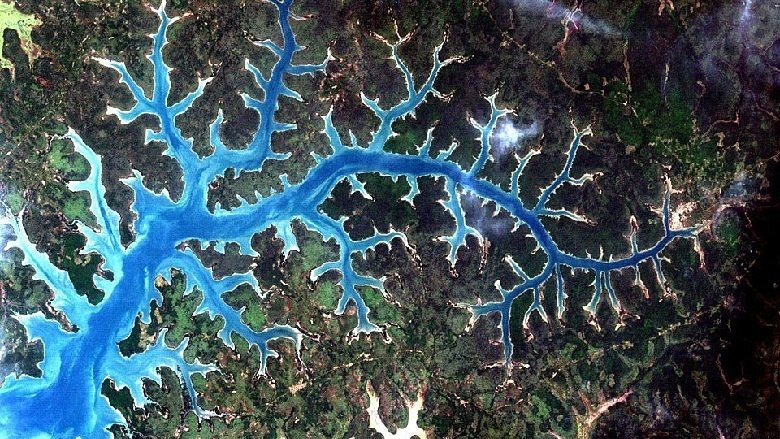In recent years there has been substantial innovation in technology for measuring the impacts of economic development activities��examples include the use of microsatellite data for mapping agricultural yields, sensors for tracking household health behaviors, smart meters for recording real-time energy use, and systems for continuous monitoring of industry emissions. At the same time, there have been drastic improvements in smartphone and tablet-based survey data collection, management, visualization, and analysis.
Technologies for measuring the adoption and impact of development interventions have seen substantial innovation over the past several years��examples include the use of microsatellite data for mapping weather patterns and agricultural yields, sensors for tracking behavior change, smart meters for recording real-time energy use, continuous emissions monitoring systems for measuring particulate matter, and platforms for smartphone- and tablet-based survey data collection. At the same time, network protocols for data management, visualization, and analysis have drastically improved.
Workshop objectives
On August 19th, 2014, over 70 engineers, social scientists, donors, and practitioners gathered in Berkeley to discuss how to best leverage these tools in development research, and to mainstream them in interventions designed to address climate change. Through a series of presentations, panels, and break-out sessions, participants had the opportunity to share knowledge regarding the use of existing measurement tools and technologies (including costs and limitations), and to discuss areas for further innovation and adaptation. Several potential partnerships between Bank staff, academics, and engineers emerged, and a durable network for future knowledge-sharing and partnership was created, as a result of this event.
The specific objectives of the workshop were to:
- Share knowledge regarding the use of sensor, satellite, and mobile technologies for measuring economic and environmental outcomes
- Discuss the costs and limitations of existing tools and approaches, while highlighting areas for
- Further innovation/adaptation
- Match field practitioners, academic partners, and engineers on mutually interesting projects
- Create a durable network for future knowledge sharing and partnership






